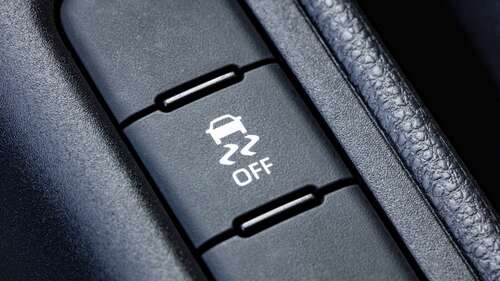
Traction control is a system that constantly monitors how much your wheels are spinning relative to one another, and regulates the one(s) in free spin. So, if you’re driving on a slippery surface in cold conditions and your wheel start to achieve higher RPMs than the others, the traction control system limits the wheel spin to give you the best shot at gaining traction. This can be useful in a myriad of situations. Perhaps the most applicable use for traction control is when driving through a corner on a slippery surface. If your car starts to slide and your wheels spin freely as your engine revs to the moon, your chances of correcting that slide are dramatically hindered. Most drivers are not prepared for these kinds of slide recoveries.
So, your car’s traction control system limiting how much power is getting to your wheels gives them a chance to grab hold of grippier patches you’re passing over, rather than sliding over them. For the most part, your traction control should be left on. Under normal driving conditions, there’s virtually never a point where it makes sense to turn your traction control off.

